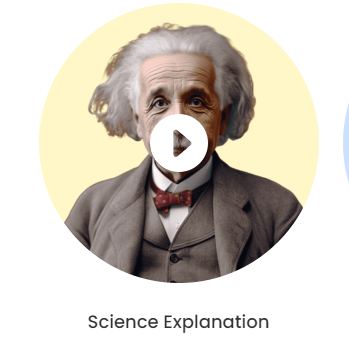But none of them will match this — The Growing Need for Multilingual Video Content
The increasing appetite for video content that transcends language barriers is sky-rocketing in the globalized digital landscape we live in today. With businesses and content creators looking to expand their horizons, the demand for robust multilingual translation tools increases. A video language translator comes to the rescue here.
Oh, what is a video language translator?
In simple words, Video language translator means to translating all spoken and written details inside the video from one language into another. Advanced techniques such as deep learning, machine learning etc are used to keep the summary precise and contextually relevant with similarity score on marking scale.ClientSize technologies helps you summarize text along with maintaining excerpts /quotes. While them main focus of these translators is on subtitle translation in multiple languages, they also provide dubbed audio in other languages that allow the viewers to get easy access with your content.
Current technology can now only provide these powers.
After all, the modern video language translators are downright impressive. Multitude of languages supported. Leading platforms, for example, support 10 to 100 languages - English, Spanish and Mandarin along with the more esoteric Tagalog and Swahili. The wide range of language coverage makes these tools highly comprehensive in the application to different domains like education, entertainment and business, etc.
Accuracy and Efficiency
Translating such content is a high-stakes game where each word is important so as not to skew the intended message and reference to local cultural currents. The best language video translators today are 85% — 95% accurate. With the advent of AI and machine learning, this spectrum only gets better. Also, some of them can translate one hour-long video in a couple of minutes considering the complexity and languages as well.

Documentation of Applications
Many businesses are implementing video language translators to connect with audiences abroad, quite successfully. An e-learning platform, for instance, saw a 50 per cent spike in user engagement after including multilingual video content. On a similar note, conversion rates for dubbed videos skyrocketed by 40% in an international marketing campaign, driving this technology as the right choice to connect and engage with non-English speaking audiences.
Challenges and Considerations
Though its technology is solid, some problems remain to be solved, specifically for dialects and regional accents. Furthermore, the ambiguity in taking cultural idioms and contextual speech might require human intervention so as to maintain consistency and not to trigger controversy.
What Does the Video Translation Landscape Look Like?
The future of video language translators looks bright as AI continues to improve with promising developments in real-time translation and greater contextual understanding. These advances will break the language barrier even more and improve communication across the globe.
So, video language translators are not mere technological advancements but in a way also kind of an access to global connectivity. They do this by eliminating language as a barrier to information and entertainment between content creators and their worldwide audience. To find out more about the capability of video language translation, check this in-depth guide at video language translator.
This investigation suggests the — now outdated notion — of an all language support video translator is too simplistic; it should be how well a video language translator can do so, at a time when multilingual accessible content is needed more than ever.